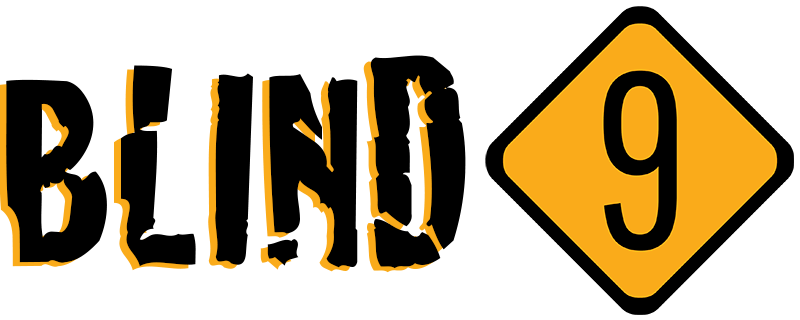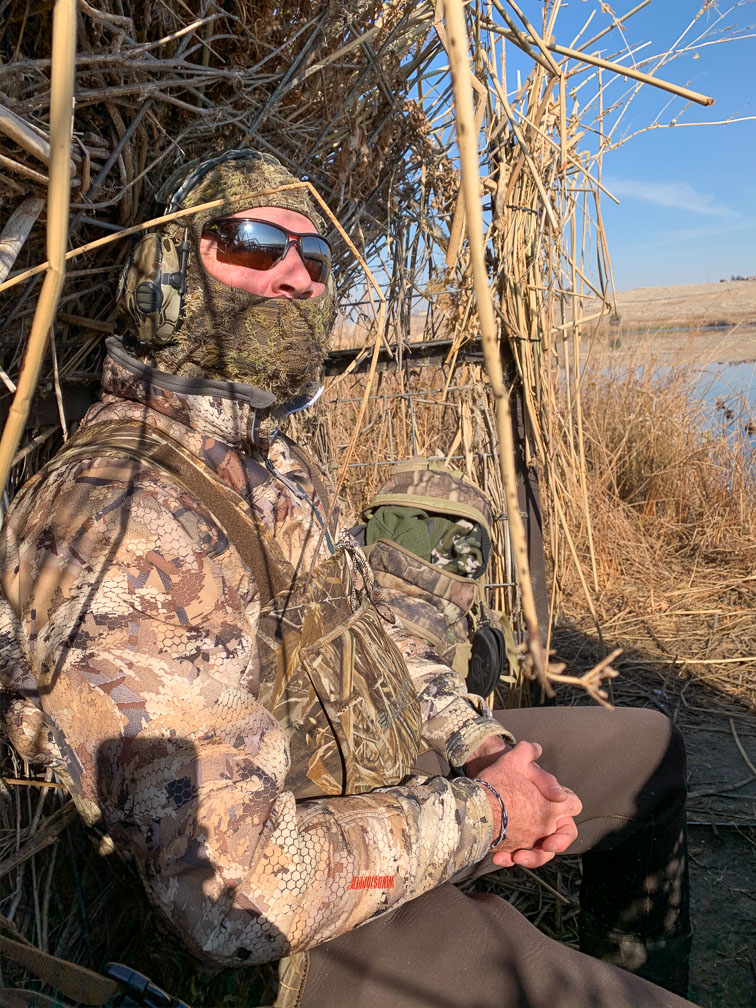One of the best hunts you will ever have happens when you’ve set up in a spot where the ducks absolutely want to be. In those glorious times you can practically stand and wave your arms and the ducks will still drop in on you. During one hunt, a pair of northern shovelers literally landed in our spread while we were picking decoys up for the day.
This was not one of those days.
The Table Was Set
We had the 12th pick on this Nov. 2, 2019 hunt at the McNary National Wildlife Refuge. The day before we saw thousands of ducks during the drive up the Columbia River Gorge from Vancouver, WA. The weather during the week leading up to the Saturday hunt featured lows in the teens and 20s, pushing some migratory birds into the area from Canada. During a drive we stopped at the Wallula River unit to check out the area and saw hundreds of greenheads and wigeon piled into the ponds. Then we drove through the non-hunting ponds at the McNary Fee Hunt Unit and saw the same thing. We were getting pretty excited, despite the forecast for a sunny and calm day.
There was a Plan but Mistakes were Made
The night before the hunt we listed our favorite blinds so we wouldn’t have to think about when our pick came up. I think we ended up picking 5th or 6th and we decided on Blind 4, which is one neither of us had hunted before. It’s fairly close to a parking lot and is a consistent choice among hunters. The check-in Ranger announced that she was quite grumpy and groggy. That meant a slow check-in, followed by a rush to park, pack out, and start the 3/4 mile walk to the blind.
Looking back, on a perfectly calm sunny day, we should have chosen a blind on the East side, so the sun would rise behind us and not right up in our line of vision. It would have been a much longer walk, but would have made our hunt much more enjoyable.
No Dog Means Discipline in Shooting at McNary
Blind 4 sits on a point on the Northern end of the slough. We set our decoys off the point but fairly close to shore with a large landing zone. With no dog or kayak to aid retrieval, we really wanted to take very close shots, within 20-25 yards. We would have to be very disciplined in our shots and only take close birds that were moving towards us and not away. Anything that landed too far out in the slough would not be retrievable due to water depth and boot-sucking mud.
The Birds Didn’t Want to be Near Us
We got our first bird at legal shoot time when birds bugged out after a barrage of gunfire from all around us. That bird was a bit high and landed off to the north of the blind. Fortunately, we caught sight of it and were able to retrieve it from the water about an hour later. After that, our hunt became a real grind.
We spent most of the morning watching birds approach us from the north then swing immediately into the shaded spread of Blind 11 across the slough. In order to go into our spread the birds would need to pass our spread then swing around the pond and come back to it. During this swing they were drawn to the cove where Blind 11 sits. Fortunately, those guys had a two-man limit by 9am and we did not have to compete with them afterwards or we may have gotten even fewer opportunities.
Pay Attention to the Sun
On this sunny day we were at a disadvantage. In the morning, decoy wary mallards would fly towards our spread and flare. They had the sun at their backs so the decoys were lit and probably looked pretty fake. We also were staring right into the sun and were probably pretty easy to spot.
Once the sun moved towards our backs we started to get more opportunities. Although their were fewer ducks around, we were getting more looks and were able to take a few landing in the decoys.
By the end of this 8-hour long hunt we took 9 birds, with only 2-3 taken with their feet down landing in the decoys. The others were taken on low and close passing shots. We stayed disciplined and dropped all of them close to the blind. Only one bird got away from us and that one landed into the high grass in an area where we could not spot it.
It’s a real lesson for anyone who has to hunt from a fixed blind position. Try to keep the sun at your back.


4 Comments. Leave new
How was the ice in the morning? Hunted Blind 13 a couple weeks ago on a blue bird day and had a 3 man limit by 11am, just had a pretty good layer of ice on the water that we had to break apart as far as we could go and the dogs had to put in some hard work to make some retrieves
Sun at our back absolutely helped us that day.
Hi Jon – Very little ice accumulated on the water. I think highs in the 50s the previous day kept the water warm enough to prevent build-up. Blind 13 is one of my favorites there but it was the first to go.
We hunted Blind 4 yesterday 12/15 with 3 people. We picked 3rd and chose this blind specifically because of the weather. The birds out East act a whole lot different compared to the birds here on the West side. They like a lot of calling and never really “finished” but they would get to ~30 yards before bugging out. We took about an hour to really figure out what the birds liked there and how to hunt them, but once we did it was only minor adjustments to our technique and it kept the birds coming in. I am pretty sure we were the only people that killed a significant amount of birds. We ended with 18 Mallards and a Canvasback. We fed the Eagles 2 more Mallard drakes.
Thanks for the update. I’m glad you had a good day. We hunted at McNary the previous weekend (I’m about to write up both those hunts) on the back end of some very cold weather and thick ice. We had 10 birds to show for two days of hunting. The ducks had not made it back to the smaller water after being frozen off it. You’re right about calling, that is something that works on the ducks in the Eastern part of the state.